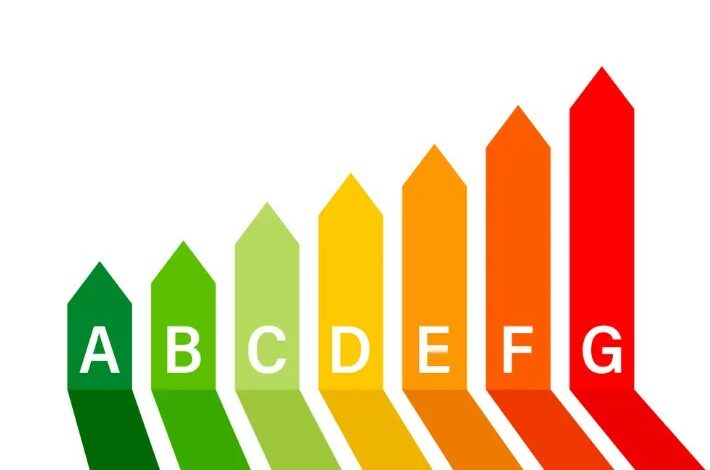Energy Efficiency Directive 2023, in force in 20 days: the news
“Energy efficiency comes first”
(sustainabilityenvironment.com) – The new Energy Efficiency Directive 2023/1791 has landed today in the European Official Journal. The measure, part of the Fit for 55 package presented in July 2021 by the European Commission, puts hand to the EU regulatory framework to make energy efficiency a priority in all sectors. The energetic ones and not. It is no coincidence that the slogan “Energy Efficiency First” is the principle on which all 40 articles of the act hinge.
The measure will enter into force officially in 20 days’ time and it will then be up to the Member States to transpose it into national law. That is why it is important to recap the innovations contained in the previous directives on the subject, the 2018/2002/EU and the 2012/27/EU.
Energy Efficiency Directive 2023, a binding EU target
First, the 2023 Energy Efficiency Directive establishes a legally binding EU target to reduce EU final energy consumption by 11.7% by 2030, compared to the 2020 baseline scenario. In other words, the bloc must ensure that the final energy consumption does not exceed 763 Mtoe. To achieve this, each country has the obligation to fix its own national contribution. However, this commitment is indicative and linked to objective criteria that reflect national circumstances (e.g. current climatic conditions, evolution of GDP, development of renewables, etc.). However, if national efforts are not enough to achieve the EU target, the Commission will apply a corrective mechanism to the contribution.
The measure also defines the new annual energy savings targets that countries will have to achieve cumulatively. These objectives are:
- from 1 January 2021 to 31 December 2023, at 0,8% of the average annual final energy consumption achieved in the three years preceding 1 January 2019;
- from 1 January 2024 to 31 December 2025, at 1.3% of the average annual final energy consumption achieved in the three years preceding 1 January 2019;
- from 1 January 2026 to 31 December 2027, to 1,5% of the average annual final energy consumption achieved in the three years preceding 1 January 2019;
- from 1 January 2028 to 31 December 2030, to 1.9% of the average annual final energy consumption achieved in the three years preceding 1 January 2019.
Public administration targets and data center obligations
In any case, certain obligations remain at national level. Member States will, for example, have to ensure that the total final energy consumption of public authorities as a whole is reduced by at least 1.9% per year compared to 2021. But if they want, they can rule out public transport and the military. In addition, they will have to extend to all levels of public administration the obligation to renovate buildings by 3% per year and introduce a different approach, based on energy consumption, for companies to have an energy management system or to carry out energy audits.
One of the great innovations of the 2023 Energy Efficiency Directive is to have introduced for the first time obligations for data centers. The measure provides that by 15 May 2024 and subsequently annually, Member States shall require owners and operators of data centers on their territory with an installed power demand of at least 500 kW to make publicly available certain information including energy consumption, power use, temperature setting values and the use of waste heat, water and renewable energy. An EU-wide database will collect and publish such data.
Attention to energy poverty
The new rules also oblige Member States to give priority to vulnerable or energy-poor customers and social housing as part of their energy saving measures. And again: in each national IEC, countries will have to submit to the Commission a global assessment of the potential for heating and cooling, also identifying plants that produce waste heat or cold . Also on heating, precise criteria are set for the definition of efficient systems: until 31 December 2027, a system that uses at least 50% renewable energy, 50% waste heat, 75% combined heat or 50% combined heat and power. The percentages increase progressively until from 1 January 2045, to at least 75% renewable energy, 75% waste heat or 75% renewable energy and waste heat.
See here the full text of the Energy Efficiency Directive 2023






